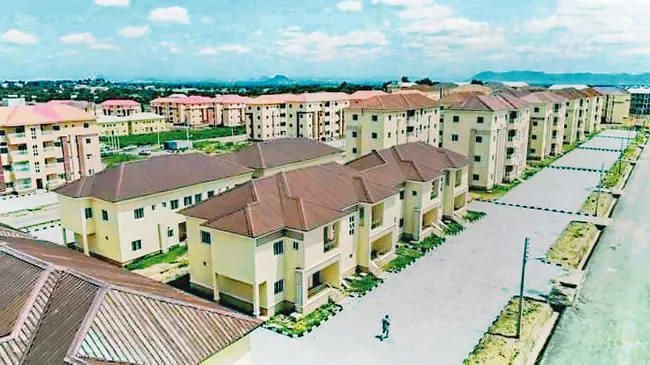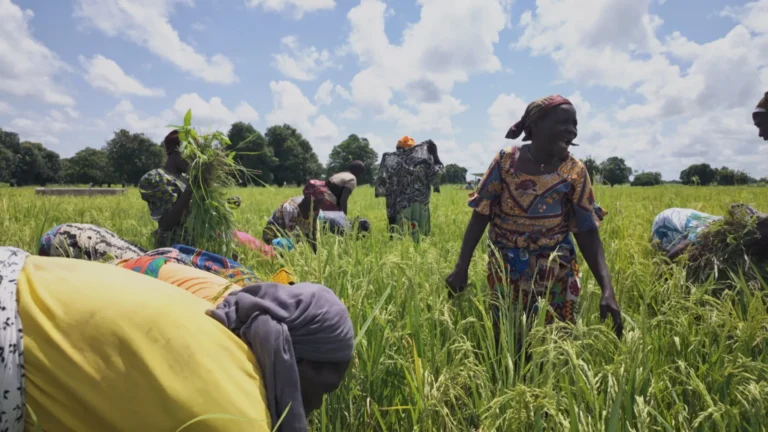
Senegal has taken a bold step to tackle its deepening housing crisis with the signing of a 500 billion CFA franc agreement aimed at constructing 60,000 lease-to-own homes across the country.
As demand continues to outpace supply—particularly in the capital Dakar—officials hope this large-scale project will ease market pressure, improve accessibility, and create a new dynamic in the housing sector.
The initiative, led by the Ministry of Urban Planning, Local Authorities, and Regional Development, comes in response to a national deficit of between 300,000 and 325,000 housing units.
Each year, an estimated 12,000 additional homes are needed, especially in urban centres.
The shortfall has led to surging rents, heightened socio-economic disparities, and increasingly precarious living conditions for thousands of families.
On Friday, Minister Moussa Bala Fofana formalised the investment with a tripartite agreement involving Senegalese firm Génie Archi Consulting and China’s BNBM House.
Rather than relying on conventional public procurement, the partnership is structured around foreign direct investment—a move intended to reduce bureaucratic hurdles and speed up project implementation.
“This is a lease-to-own model that gives more families the opportunity to become homeowners,” said Fofana.
“It also reflects our strategy to involve capable national firms while securing international expertise and funding.”
The lease-to-own approach provides a lifeline for lower and middle-income households often excluded from traditional mortgage systems.
By paying rent that contributes toward eventual ownership, residents can access stable housing without the burden of immediate, large-scale loans.
The deal is also seen as a critical pivot away from the underperforming National Social Housing Development Program, which has struggled to meet targets in recent years.
By bringing in private sector efficiency and foreign capital, the government hopes to lay the groundwork for a broader industrialisation of housing in Senegal.
If fully realised within the projected 5 to 10 years, the project could not only close a significant portion of the housing gap, but also offer a model for other countries in the region grappling with similar urbanisation challenges.



